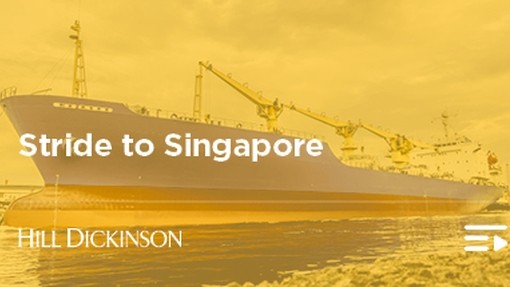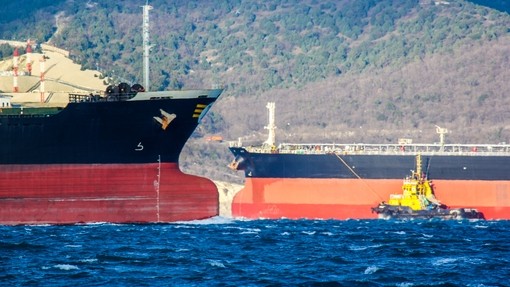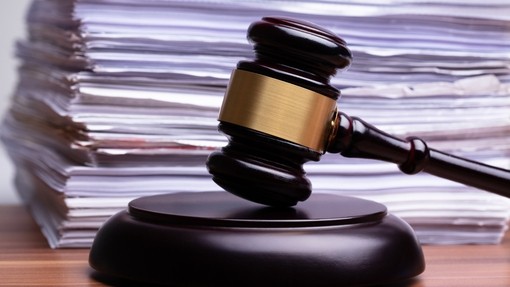Performance assessment methods re-evaluated

Performance assessment methods re-evaluated
In a judgment handed down on 10 August 2022 (Eastern Pacific Chartering Inc -v- Pola Maritime Ltd [2022] EWHC 2095 (Comm), Ms Clare Ambrose (a prominent maritime arbitrator sitting as a deputy judge of the High Court) provided useful guidance on the approach to performance warranties in charterparties. Parties should take note of this judgment to avoid uncertainty in the event of a performance dispute.
The facts
The key facts are briefly summarised below:
- The claimants chartered the vessel to the defendants on amended NYPE 1946 terms (‘Charterparty’). The Charterparty contained:
a. a fairly standard S&C warranty, which set out relatively usual requirements for ‘good weather’ (no adverse currents, Douglas Sea State up to level 3, Beaufort force up to 4, vessel laden underdeck to her summer saltwater loadline); and b. a time-bar provision for speed claims, whereby such claims had to be submitted in the form of a statement of claim with supporting documents within 90 days of the completion of the relevant voyage. - The defendants alleged that the claimants were in breach of the speed and consumption warranty in the Charterparty, that the vessel’s hull was fouled by marine growth, and that the vessel failed to proceed with utmost despatch.
- The claimants counter-argued that the speed claim was time barred, alternatively that there were insufficient ‘good weather’ periods and that, therefore, it was not possible to properly assess the vessel’s performance. The defendants put forward an alternative performance assessment method by reference to the engine’s measured RPM.
The judgment
Ms Clare Ambrose (‘judge’) made the following key findings with respect to the underperformance claim:
- Short time-bar provisions referring to performance claims and requiring that ‘supporting documents’ be provided will, in the absence of wording to the contrary, be construed with magnanimity: it will be enough for charterers to provide enough documents and information to put the owner on notice and enable it to investigate and preserve its own documents. No exhaustive precision/completeness is likely to be expected of the charterers, unless the charterparty clause calls for it.
- The ‘good weather’ methodology (ie considering whether the vessel meets the S&C warranty limits and then pro-rating the results over the entire period under review) is not the only one available to assess compliance with S&C warranties. However, where the parties have adopted the ‘good weather’ methodology in their charterparty, this will be the primary methodology. An alternative methodology will be available, in principle, but it will have to be shown to be as reliable and consistent if it is to displace the ‘good weather’ method on the facts. In this matter, the alternative methodology put forward by the defendants was rejected as ‘very theoretical’ and unreliable.
- Positive currents are not to be excluded when assessing performance, unless this is expressly provided for in the charterparty.
The defendant also brought a counterclaim for wrongful arrest. The judge dismissed the claim, reconfirming the very high threshold set by English law: in the absence of an element of malice (actual or implied) on the part of the arresting party, a wrongful arrest claim is unlikely to be successful.
Key points to take home
- Performance evaluation methodology:
a. Although the primacy of the ‘good weather’ methodology has been confirmed, it was also confirmed that this is not the only available methodology. If the parties wish to exclude all other ways of assessing underperformance other than the ‘good weather method’, they should make it clear in their contract. b. When the charterparty provides for a ‘good weather’ approach to assessing performance, alternative performance assessment methodologies are likely to be relevant only when there is insufficient evidence of ‘good weather’ periods or weather conditions in general. c. In any event, alternative performance assessment methodologies may face a high hurdle. The judge held that “the warranty is tested against actual performance at sea during the charterparty rather than a paper calculation of the engine’s capabilities”. Methodologies that are too theoretical are likely to be viewed with scepticism. On a similar note, when drafting their S&C warranties, the parties should bear in mind that debating expert evidence in arbitration can be a costly exercise which may often be disproportionate to the sums at stake.
- Positive currents: If specific reference is not made to positive currents in the S&C warranty, the benefit of those will not be deducted when assessing performance.






